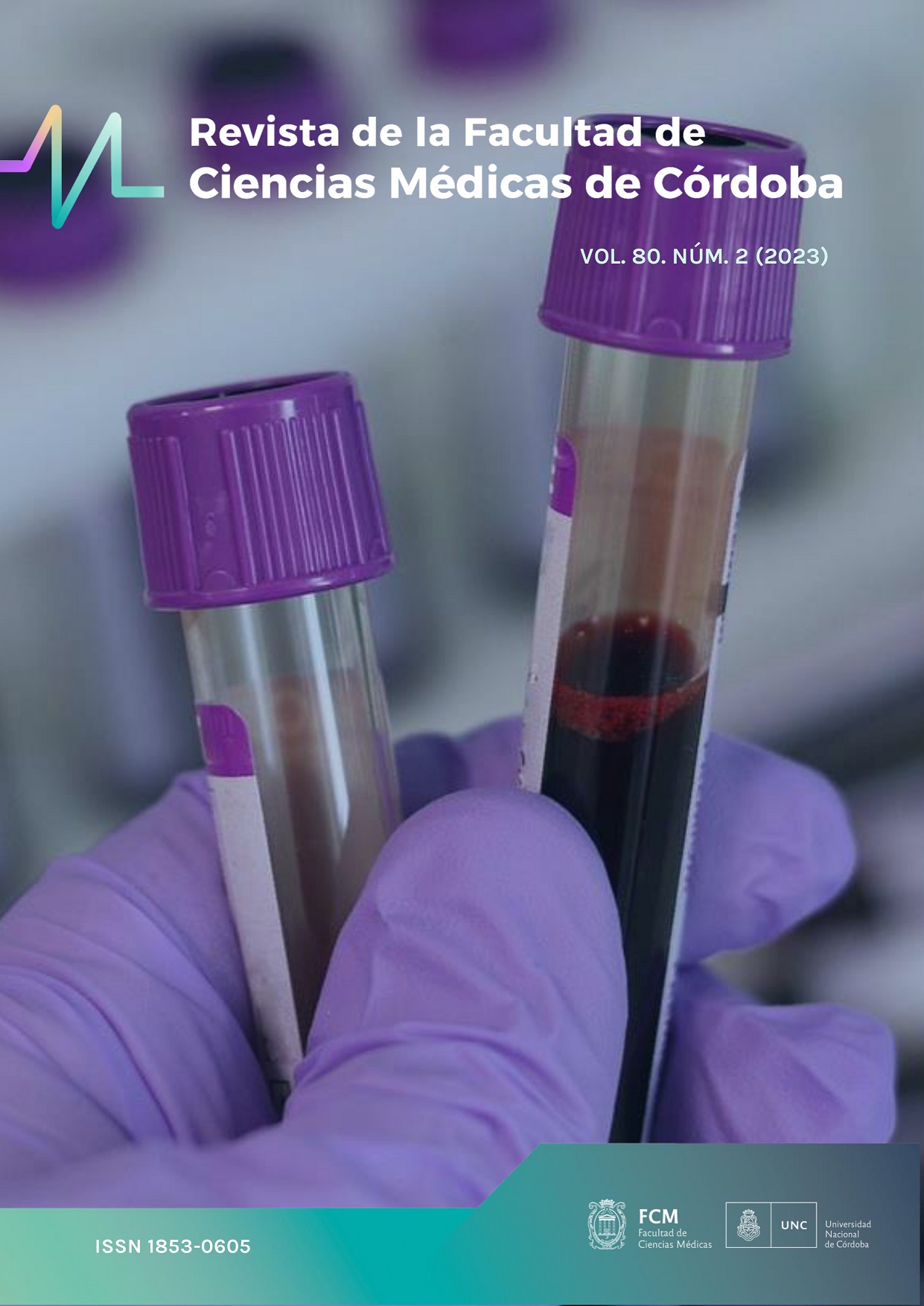Obesity and sperm quality: effect of physical exercise and Ghrelin
Keywords:
obesity, reproduction, sperm quality, dyslipidemiaAbstract
Obesity is the most prevalent metabolic disease worldwide. It is described as a situation of “meta-inflammation”, with dyslipidemia, hypertension, cardiovascular disease and premature mortality as recurrent hallmark. The hypothesis of our study was that “in rats, physical exercise (PhyExc) and/or Ghrelin (Ghrl) can improve the metabolic profile and the quality of the spermatozoa that were impaired by obesity”.
To do this, applying an obesogenic diet (ObD: pelleted food +30% pork fat+water with 5% fructose) to male Wistar rats from weaning (day 21), we aimed to study the evolution of body weight and, in adulthood, the metabolic profile, visceral fat mass and sperm quality. We also evaluated whether the application of regular PhyExc (walking on standardized wheels, 15 min/day, 3 day/week from day 65 to 103) and/or Ghrl (6 nmol/animal/day s.c. from day 85 to 103), modified the results. Animals were divided in 5 groups: a) control diet (CD): pelleted food+ water, b) ObD, c) ObD+Ghrl, d) ObD+PhyExc and e) ObD+Ghrl+PhyExc. Results were statistically evaluated by ANOVA, considering p<0.05 as significant; n=7 animals/group.
As we expected, ObD increased significantly body weight gain (day103) (ObD= 406.6±5.8g vs CD= 334.3±10.4g) and visceral fat (ObD= 12.4±0.7g vs CD= 6.6±0.6g), altering also lipid profile (total cholesterol: ObD= 79.1±4.9mg/dl vs CD= 51.4±2.5mg/dl; triglycerides: ObD= 130.7±9.7mg/dl vs CD= 79.1±4.9; LDL: ObD= 27.5±4.9mg/dl vs CD= 11.9±2.2mg/dl). PhyExc (ObD+PhyExc) significantly reverted these negative effects (body weight= 356.7±15.4g; visceral fat= 7.71±0.85g; cholesterol= 66.8±3.0mg/dl; triglycerides= 56.1±4.3mg/dl); but Ghrl did not. PhyExc and Ghrl (together or separately) significantly improved the results of sperm concentration (CD= 25.3±0.7x106/ml; ObD+PhyExc= 24.5±2.2x106/ml; ObD+Ghrl= 26.4±2.7x106/ml; ObD+Ghrl+PhyExc= 24.4±1.0x106/ml vs ObD= 18.8±0.7x106/ml) and sperm motility (CD= 57.9±3.14%, ObD+PhyExc= 53.3±3.6%; ObD+Ghrl= 58.1±3.2%; ObD+Ghrl+PhyExc= 59.2±3.8% vs ObD= 44.2±3.4%) that were impaired by obesity.
In conclusion, regular PhyExc was very effective in reversing all the negative effects provoked by obesity; Ghrl was useful only to improve sperm quality. The combination of both treatments did not show more effectiveness than PhyExc or Ghrl alone.
* D Machuca and P Guantay contributed equally to this work. # AC Martini and EM Luque should be considered last joint authors.
Downloads
References
.
Downloads
Published
Issue
Section
License
Copyright (c) 2023 Universidad Nacional de Córdoba

This work is licensed under a Creative Commons Attribution-NonCommercial 4.0 International License.
The generation of derivative works is allowed as long as it is not done for commercial purposes. The original work may not be used for commercial purposes.











